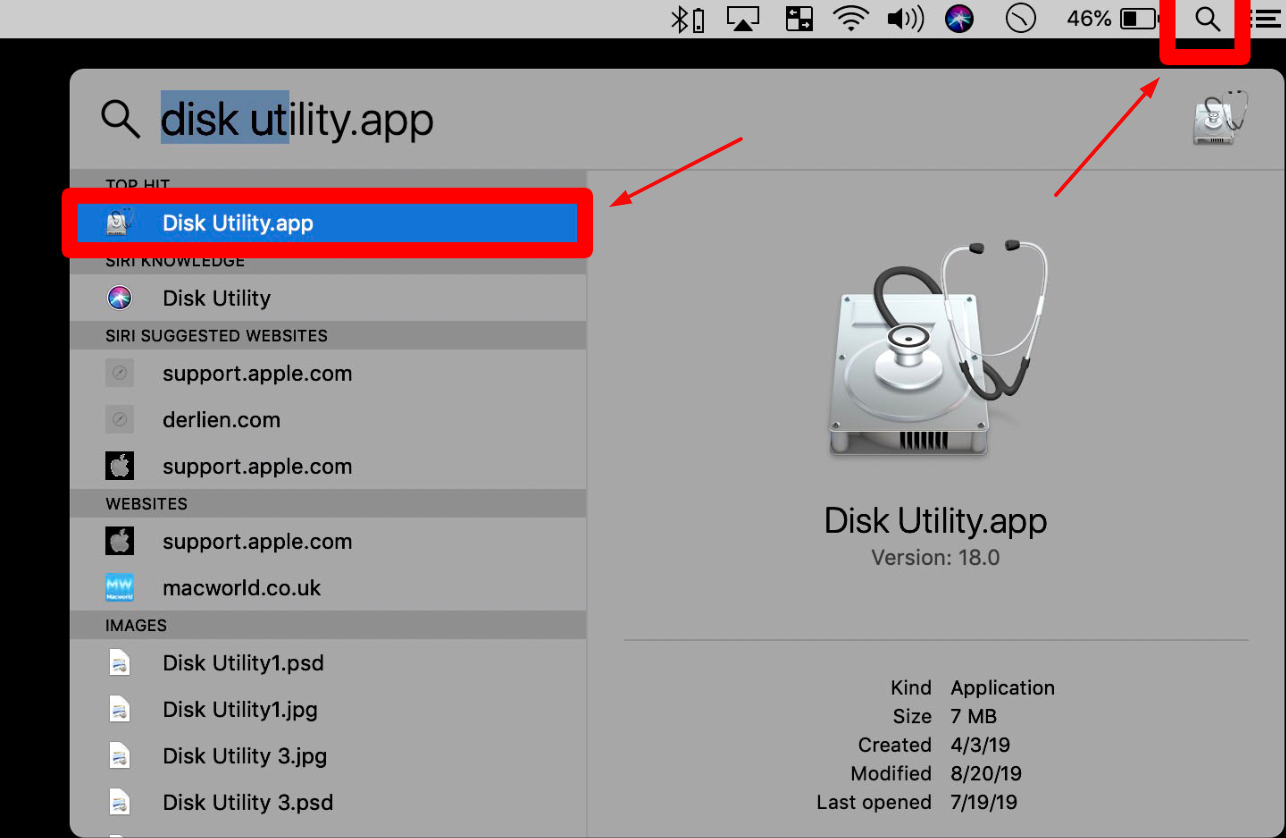

Used on disks formatted for use with 68k and PowerPC Macs, the Apple Partition Map is the scheme that defines how the data is organized. Non-Intel Macs won't support this bootable standard, hence the only option available to them is the Apple Partition Map (APM). As part of the Unified Extensible Firmware Interface (UEFI) standard, GUID is a bootable standard for systems with EFI firmware such as macOS. This is a standard for the layout of the partition table on a storage disk using globally unique identifiers (GUIDs). On every drive there are multiple partitions, and for this you will need a partition table or partition map – maintained by the operating system – to detail the status of the partitions. The fixed-sized subset of a disk drive treated as an individual unit by the operating system (in our case macOS) is defined as a partition. In this article we will explain what a partition scheme is and which one to pick when formatting a drive. However, the file system is not supported by many older systems.When you attach a storage disk to a Mac with the purpose of erasing or repartitioning it, you'll be presented with the option of selecting one of the three available partition maps: GUID Partition Map, Master Boot Record, and Apple Partition Map. In theory, data capacity of up to 2 TB is possible, but Microsoft has limited the partition size in newer systems to 32 GB in order to promote the modern NFTS format.ĮxFAT is a further development of FAT that in principle offers unattainable storage and data capacity. The maximum data size is limited to 4 GB in the latest version FAT32. It is not supported by many applications.įAT is a file system developed by Microsoft that is also supported by Linux and macOS. Mac OS Extended (Journaled) with the addition that the file system can differentiate between upper and lower case (e.g. HFS+ or Mac OS Extended (case-sensitive and journaled) Windows/Linux devices are only able to read but not write on USB sticks in this format. A file system developed by Apple that is particularly suited to data media with large memory capacity.


 0 kommentar(er)
0 kommentar(er)
